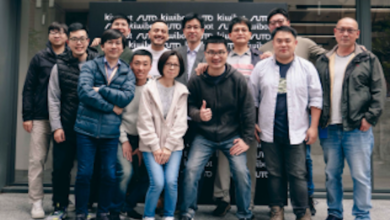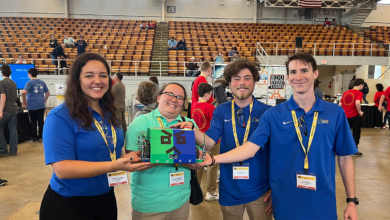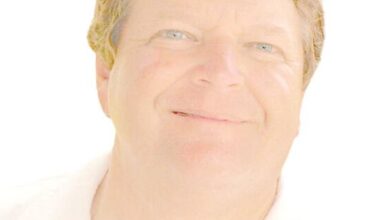‘Kick back and relax’: Humanoid robot retires

Atlas, a humanoid robot which can run, somersault and do backflips, has been retired after 11 years.
“Now it’s time for our hydraulic Atlas robot to kick back and relax,” its maker Boston Dynamics said in a video which showed the robot’s highlights and lowlights.
Various incarnations of Atlas went viral over the years, delighting and terrifying viewers in the process.
Boston Dynamics also produces a four-legged robot called Spot and other robots designed for manufacturing.
The first version of Atlas was made in 2013 as part of a robotics competition for the US military. It was designed to help in search and rescue missions after disasters.
At the time it was described as “one of the most advanced humanoid robots ever built.”
That version was 188cm tall and weighed 150kg.
Later versions were not designed for any specific purpose, but more as a means of seeing see how advanced the technology could become.
“Our long-term goal is to make robots that have mobility, dexterity, perception and intelligence comparable to humans and animals, or perhaps exceeding them; this robot is a step along the way,” Boston Dynamics boss Marc Raibert told IEEE in 2016.
The final Atlas model was significantly smaller and lighter – at just 150cm tall and weighing 89kg.
It was also far more mobile, using hydraulics and battery power to move around.
But – for all its pioneering dexterity and poise – it was still sometimes flummoxed by basic tasks.
In its farewell video, Boston Dynamics showed Atlas walking into a lift door, falling down the stairs and struggling to put a box on a shelf.
But it also showed parkour-like ability to flip, spin and jump.
This article contains content provided by Google YouTube. We ask for your permission before anything is loaded, as they may be using cookies and other technologies. You may want to read Google YouTube cookie policy and privacy policy before accepting. To view this content choose ‘accept and continue’.
Warning: The BBC is not responsible for the content of external sites. YouTube content may contain adverts
End of YouTube content
Atlas’s acrobatics prompted warnings – many of them tongue in cheek – that robots would take over.
But Mr Raibert told the BBC in 2019 that these were just scare stories, insisting most people he met were very positive about his creations.
He also described an unlikely source of inspiration for getting his robots to be steady on their feet – pushing his one-year-old daughter over.
“She was teetering and tottering and learning to balance and I just wanted to see what would happen. But we’re still good pals,” he said.
Boston Dynamics is owned by Japanese car company Hyundai, having previously been owned by Softbank, and before that, Google.
It was started at MIT over 40 years ago.
Despite its previous funding from the military, the company is now primarily focused on leasing its robots to manufacturers or the oil, gas and construction industries.



